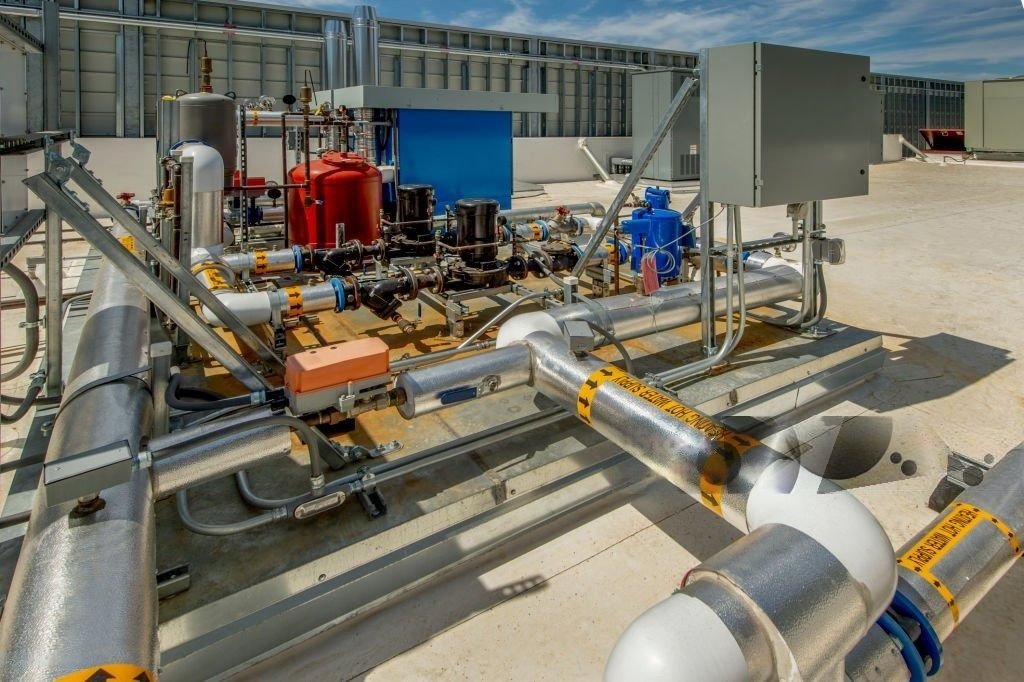When you think about keeping your home safe and cozy, you might not think about the pipes outside. However, outdoor pipe insulation is very important! It protects your pipes from freezing in the winter and helps save energy. In this article, we’ll explore why outdoor pipe insulation matters, how it works, and the different types you can use. Let’s dive in!
Why Is Outdoor Pipe Insulation Important?
Insulating your outdoor pipes is essential for several reasons. Here are the main benefits:
1. Prevent Freezing
One of the biggest threats to outdoor pipes is cold weather. When temperatures drop, water inside the pipes can freeze. This can cause pipes to burst and lead to costly repairs. Insulation helps keep the pipes warm, preventing freezing.
According to the American Society of Home Inspectors, uninsulated pipes are at risk of freezing when the temperature drops below 20°F (-6°C). Insulating them can keep your pipes safe even in extreme cold.
2. Save Energy and Money
Insulated pipes can help save energy and lower your utility bills. When pipes are properly insulated, they maintain the temperature of the water inside. This means your water heater doesn’t have to work as hard to keep water hot.
The U.S. Department of Energy reports that properly insulating your water pipes can reduce energy costs by 3-4%. It’s a simple way to save money while helping the environment!
3. Prevent Condensation
In warmer months, pipes can get cold when they carry cold water. This can lead to condensation, which is just a fancy word for water droplets forming on the outside of the pipe. This moisture can cause mold and mildew, which can be harmful to your health.
By insulating your pipes, you can reduce condensation. This keeps your home healthier and more comfortable.
4. Extend the Life of Your Pipes
Proper insulation can also help extend the life of your pipes. When pipes freeze and burst, it can cause significant damage. Replacing damaged pipes is costly and time-consuming.
By keeping your pipes insulated, you can help prevent damage and ensure they last longer. This means fewer repairs and less hassle for you!
Types of Outdoor Pipe Insulation
Now that we understand why outdoor pipe insulation is important, let’s look at the different types available.
1. Foam Pipe Insulation
Foam pipe insulation is one of the most popular choices. It comes in various sizes and shapes, making it easy to fit around your pipes. Foam is lightweight and easy to install. You simply wrap it around the pipe and secure it in place.
Foam insulation provides excellent protection against freezing temperatures. It is also cost-effective, making it a great choice for many homeowners.
2. Fiberglass Pipe Insulation
Fiberglass insulation is another effective option. It is made of tiny glass fibers and is available in blankets or pre-formed shapes. Fiberglass can handle higher temperatures, which makes it suitable for both hot and cold pipes.
However, it can be a bit more challenging to install than foam insulation. You need to wear protective gear to avoid skin irritation from the fiberglass particles.
3. Reflective Foil Insulation
Reflective foil insulation works differently. It reflects heat away from the pipes, keeping them cooler in hot weather. This type of insulation is great for preventing condensation and is often used in warmer climates.
Reflective foil insulation is lightweight and easy to install. However, it is not as effective in extreme cold, so it’s best for mild climates.
4. Heat Tape or Cables
In areas with extremely cold winters, heat tape or cables can be used alongside insulation. These heating elements wrap around the pipes and provide warmth during freezing temperatures. They can be plugged in to keep your pipes warm and prevent freezing.
While heat tape is effective, it does use electricity. So, be sure to consider the additional costs when choosing this option.
How to Install Outdoor Pipe Insulation
Installing outdoor pipe insulation is a straightforward process. Here’s a simple guide to help you:
- Measure Your Pipes: Use a tape measure to determine the length and diameter of the pipes you need to insulate.
- Choose Your Insulation: Based on your climate and the type of pipes, choose the best insulation option for your needs.
- Prepare the Area: Clear any debris or dirt around the pipes. Make sure the pipes are dry before applying insulation.
- Apply the Insulation: Depending on the type of insulation, wrap it around the pipes. Use tape or ties to secure it in place.
- Check for Gaps: Ensure there are no gaps or exposed areas. This will help keep your pipes well-insulated.
- Regular Maintenance: Check your insulation periodically, especially after heavy storms or temperature changes. Replace any damaged insulation to ensure your pipes remain protected.
Frequently Asked Question
FAQ 1: Why is outdoor pipe insulation necessary in winter?
Answer: Outdoor pipe insulation is crucial in winter because it helps prevent pipes from freezing. When temperatures drop, uninsulated pipes can freeze, causing them to burst and lead to costly repairs. Insulating the pipes keeps them warm and protects your home from water damage.
FAQ 2: What types of insulation materials are best for outdoor pipes?
Answer: The best types of insulation for outdoor pipes include foam pipe insulation, fiberglass insulation, reflective foil insulation, and heat tape or cables. Each type has its benefits, such as ease of installation, energy efficiency, and effectiveness in preventing freezing, so you can choose the one that fits your needs.
FAQ 3: How do I install outdoor pipe insulation?
Answer: To install outdoor pipe insulation, first measure your pipes to determine the length and diameter. Choose your insulation type, clear the area around the pipes, and wrap the insulation around them securely. Make sure to check for gaps or exposed areas to ensure maximum protection.
FAQ 4: How often should I check or replace my outdoor pipe insulation?
Answer: You should check your outdoor pipe insulation at least once a year, especially after heavy storms or significant temperature changes. Look for any signs of damage, wear, or moisture. If you find any issues, replace the insulation to ensure your pipes remain protected.
Conclusion
Outdoor pipe insulation is a vital step in protecting your home from the elements. It helps prevent freezing, saves energy and money, reduces condensation, and extends the life of your pipes. With various insulation options available, you can choose the best one for your needs and install it easily.
If you want to learn more about outdoor pipe insulation and how it can benefit you, consider reaching out to insulation services in Alberta City. They can provide expert advice and help you keep your home safe and energy-efficient.
Contact us today to learn more!



